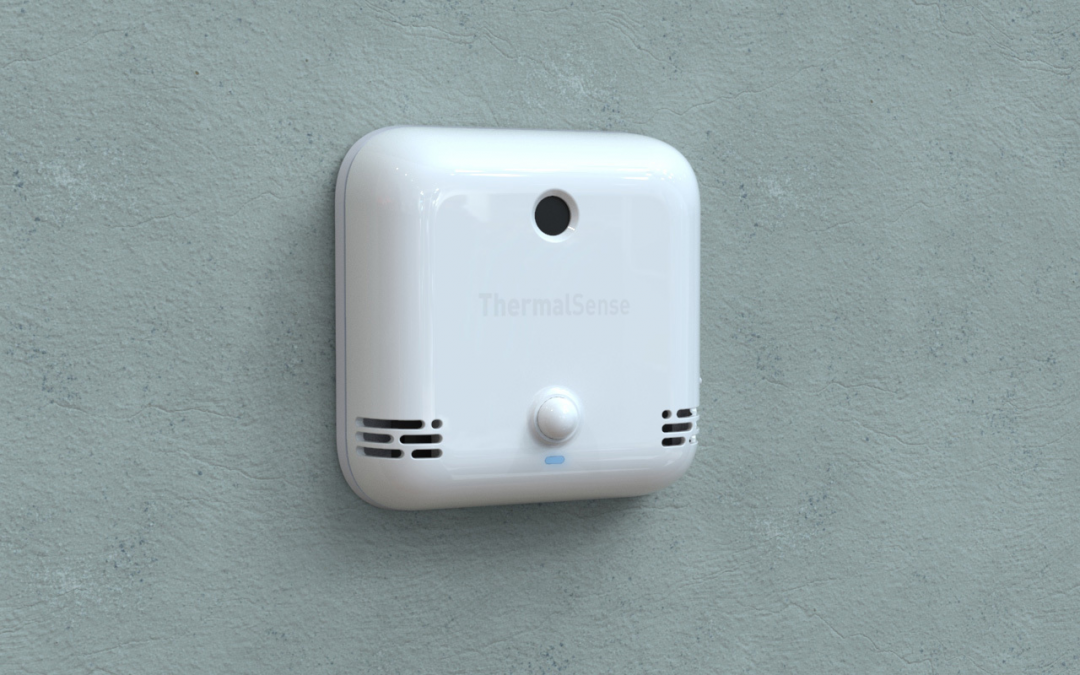Many large organizations worldwide, including Microsoft, Google, Facebook, and Twitter, have announced that they will allow more employees to work from home following the pandemic. The advantages of remote and hybrid work for people and companies are becoming evident as we all envision the future of work.
When it comes to hybrid work models, it’s crucial to remember that there is no one-size-fits-all solution. Anticipate that no matter how strong your smart technology is, you may encounter hybrid work problems concerning your people.
The good news is that the suitable hybrid work model can benefit both businesses and employees. So then, what are the different types of hybrid work models? Keep scrolling to find out more.
1. The Free-Reign Model
Under this model, employees can choose the work arrangement that works best for them on any given day. It’s beneficial for people who need to come into the office for a meeting or a quiet area to work for the day. Certain companies have established a desk reservation or meeting room booking system to meet social distance criteria. It also helps ensure that everyone is given the same opportunity to work on the station they want and reserve a meeting room that meets their preference and needs.
2. The Split-Week Model
The second model divides the week between two or three days of working from home and two or three days of on-site labour. The majority of employees preferred this model. The week is divided between different departments into companies that use this approach; for example, the marketing team comes in on Mondays and Wednesdays, while customer support comes in on Tuesdays and Thursdays. This hybrid strategy allows managers to stay in touch with their teams while allowing regular face-to-face group sessions.
3. Working in Shift Model
Employees in the third hybrid work model alternate between working from home and on-site shifts in the morning or evening. Because many individuals dislike shift work and find it difficult to get up early in the morning or work late at night, this is a more challenging model to implement. Employees who work in a hybrid model based on shift work are frequently required to set up additional childcare arrangements and the ones they already have.
4. Week by Week Basis Model
Finally, individuals in the fourth hybrid work model alternate working from home and on-site weekly. This option is utilized to allow large teams to share office space and meet for reviews, deadlines, and updates simultaneously.
Conclusion
Employees are often offered several hybrid work models depending on their sector or job. For many businesses, hybrid work is still a relatively new style of labour. Leaders in the workplace should consult with employees to choose the best course of action.
Many people have speculated whether or not businesses will embrace a permanent remote work model after the pandemic. While many employees want to stay working at home, there are still employees who want to have the freedom to work both in and out of the workplace. Employees do want greater flexibility, but they still see the workplace as an essential aspect of their job.
Are you gearing up and excited to have your people back in the office? Prepare for the post-pandemic workplace with ProSpace. Connect with us to schedule a demo or watch our video to see how ProSpace works.





